
Roaring Forties Press 1053 Santa Fe Avenue Berkeley, CA 94706 www.roaringfortiespress.com Copyright 2018 Nigel Quinney and Deirdre Greene All rights reserved. Reproduction, modification, storage in a retrieval system or retransmission, in any form or by any means, electronic, mechanical or otherwise, for reasons other than personal use, is strictly prohibited without written permission. Cover design by Kim Rusch; interior design by Nigel Quinney. ISBN 978-1-938901-74-4 (ebook) Contents Table of Contents
Guide
Welcome to
The Half-Pint Guide! (Thats pretty much it! We just wanted to say hello and welcome. If you want to skip the rest of this introduction, please go right ahead and do so. This is, after all, only a book.
Youve seen books before. You know how they work. No batteries, instructions, ID, or shirt and shoes required. This little book is full of some of the best craft breweries in Southern California, and if you want to know what their founders and brewers think about them, just dive right in. But if youre one of those people who like to know what theyre getting themselves into, then, please, let us bend your ear for a couple of minutes.) We wrote this book for people like us. People who enjoy chatting with a brewer across a bar about favorite beers, biggest achievements, and funniest stories.
People who have stumbled on a fabulous brewery that they had no idea even existed. People whoscary thought!have found themselves in an unfamiliar corner of California and realized, OMG, I do not know where the nearest craft brewery is. Help! So, we thought wed put together a guide that does three things. One of those things is to cover great breweries in lots of different parts of the state, not just in the hoppy hot spots. The idea is that if youre from the mountains visiting the beach, or from the beach visiting the desert, or from... well, you get the idea, this book will help you find a fine place to wet your whistle.
The second thing is not only to provide nuts-and-bolts information about each breweryimportant but basic stuff like where it is and when its openbut also to dig deeper and uncover a brewerys story and personality. What makes it tick, what makes its founders proud, what do its regulars like best about it? And the third thing is to let the breweries tell that story themselves, in their own words. As youll see once you stop reading this introduction (if you havent already!) and start dipping into the rest of the book, we asked each brewery more or less the same questions. The answers, though, are often wildly differentas different and as wild as the brewers and the breweries themselves. A lot of books about beer are written by people who know a lot about beer and have a lot of opinions about breweries. And that is cool.
But its also sometimes a bit boring, because professional beer drinkers (now, theres a job!) and full-time critics can get a little jaded and carry around some big biases. One of the best things about visiting Californias craft breweries is that wherever you go, you meet friendly brewers full of energy, enthusiasm, and passion for what theyre doingand for what their fellow brewers are doing on the next block or in the next town. This book is filled with that spirit. Its also filled with the kind of information and stories that only a brewer or an owner can tell you about his or her beer and brewery. You might think that all that information and all those stories would easily fill a 1,000-barrel fermenter. Yet, here they are in a book called The Half-Pint Guidea name inspired in large part by its small size.
Why didnt we produce a book the size of the Beijing telephone directory? The simple answer is that we wanted to end up with a book small enough to keep in your cars glove compartment or to fit in the back pocket of your jeans. (Try it! It really does fit in your back pocketunless youre very petite or unless youre not so very petite but are wearing very petite jeans.) Keeping it half-pint sized also meant that we had to be selective, not comprehensive, in our coverage. So, we aimed to showcase around 100 breweries, spread out across the region, each one of them fabulous, innovative, or individual in its own way. Some well-known breweries are not included, and some are; some of the breweries in here have been around since before the craft beer revolution started, and some are new additions to the dynamically changing, still-expanding craft beer landscape. As you already know, craft brewing in California is a certifiable phenomenon. From small beginnings thirty years ago, it has blossomedno, not blossomed, its explodedinto a force of nature, a volcano of creativity, a tsunami of flavors washing over a land where beer drinkers once had few (and, lets be honest, pretty boring) choices.
A few years ago, youd walk into a bar and be faced with the same question: Bud or Miller? Today, you walk into a craft brewery and have an alphabet of options: an altbeir or an amber, a blonde or a brown, a chocolate stout or a cream ale... all the way through to wits, wild ales, and winter warmers. And what and who do we have to thank for this amazing choice? Small-scale businesses created and run by people who prize individuality and inventiveness, who love the beers they brew, who relish the chance to experiment with new beers, and who want to give other people the chance to love them. (Oh, and we should also thank ourselves, we who love that chance. If it wasnt for our heroic, selfless readiness to drink an always wonderful, often wild, and sometimes downright weird assortment of delicious beers, where would those craft brewers be? Just saying...) We mention this because (A) its true, and (B) it helped us define what we mean by a craft brewery. A craft brewery, in our eyes, is a brewery owned by itself, not by a big, faceless corporation that owns lots and lots of things, that is in business purely for the money, and that measures its pleasure in IPOs and LBOs, not in ABVs and IBUs.
We know that some craft breweries are owned in part by other craft breweries, and were OK with that. But if a small brewery is owned by big business, youre not likely to find it in this booksimply because, if big business continues to snaffle up small breweries, creativity and diversity will give way to conformity and profitability, and well all be back to the old days of Bud or Miller? (Not that theres anything wrong with those two fine pilsners, but who wants a beer alphabet with just two letters?) Ok, weve taken enough of your time. Please go and explore the rest of the book, which we hope youll find not only a handy guide but also an interesting and sometimes eye-opening read. But before you head off, let us just mention a few housekeeping matters: The opening hours (like the street addresses and phone numbers) were accurate when we did the research for this book, but please check on a brewerys website before you head out in case those hours have recently changed. Weve arranged the book into seven different geographic regions of Southern California: San Diego (the city, plus areas south and east); North County, San Diego; Orange County; Los Angeles County; the Central Coast (the counties of Ventura, Santa Barbara, and San Luis Obispo); the Inland Empire (Riverside and Imperial Counties); and Imperial and Kern counties (which are at opposite ends of SoCal, where craft beer is harder to find and craft breweries are thus particularly welcome!). The map on shows how weve divided up Southern California.
A few breweries have locations in more than one region. In this book, however, we do not feature the same brewery in more than one location. Theres a list of abbreviations on the next page. So, if youre not sure what ABV or IBU stands for, take a look. Theres an index near the end of the book listing all the breweries that are included in the book alphabetically, so if you want to know at a glance which breweries are here, and on what page, take a quick look at that. Right at the end of the book are some blank pages for you to jot down notes about the breweries you visitor, if you prefer, you could use them to doodle pictures or play tic-tac-toe (a game invented, its believed, by the ancient Egyptians, who really loved their beer).


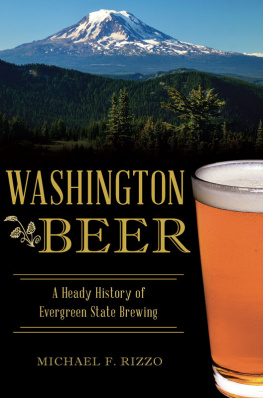

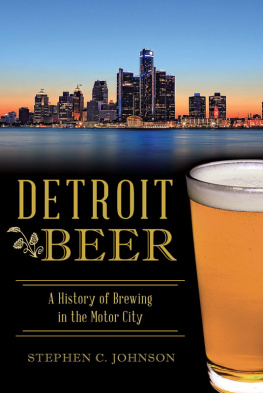
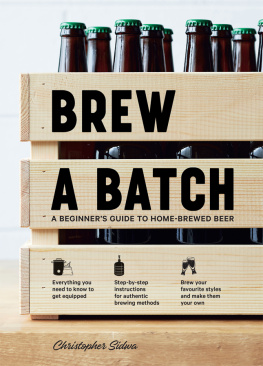
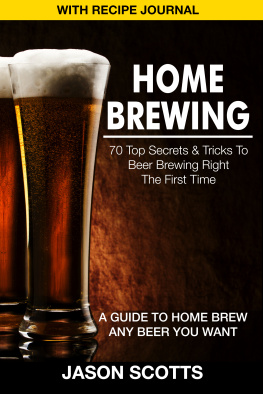
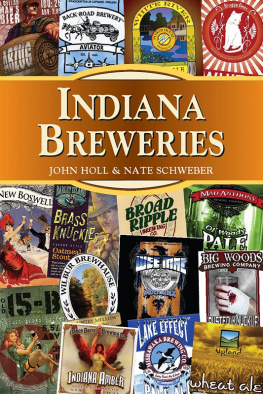
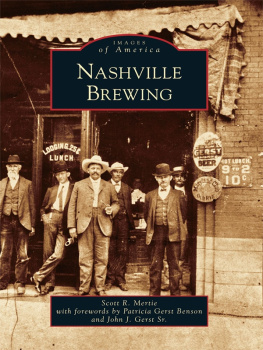
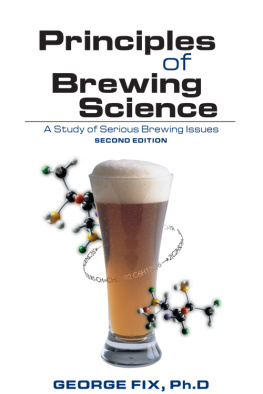
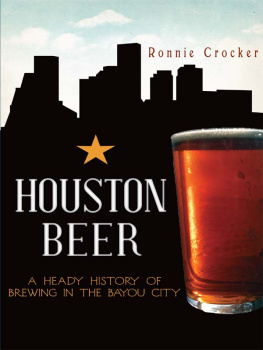
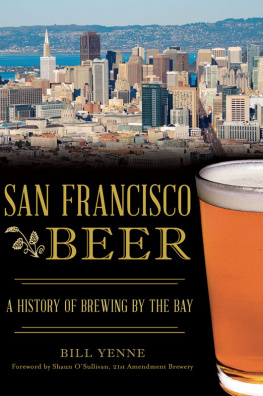
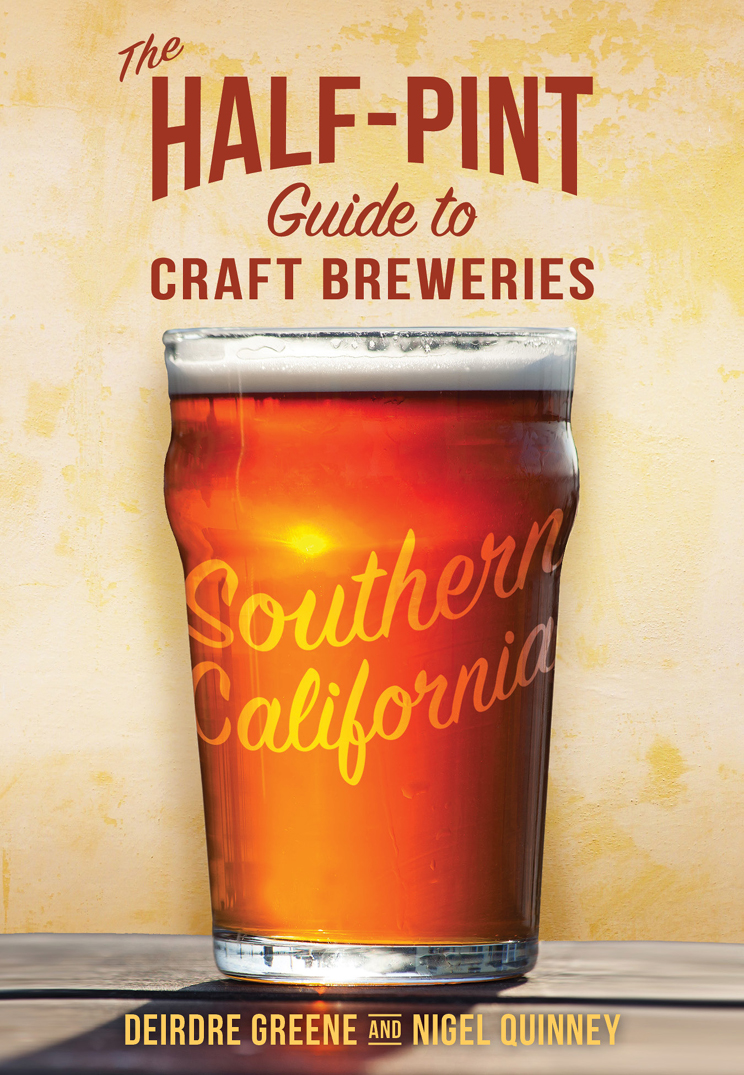
 Roaring Forties Press 1053 Santa Fe Avenue Berkeley, CA 94706 www.roaringfortiespress.com Copyright 2018 Nigel Quinney and Deirdre Greene All rights reserved. Reproduction, modification, storage in a retrieval system or retransmission, in any form or by any means, electronic, mechanical or otherwise, for reasons other than personal use, is strictly prohibited without written permission. Cover design by Kim Rusch; interior design by Nigel Quinney. ISBN 978-1-938901-74-4 (ebook) Contents Table of Contents
Roaring Forties Press 1053 Santa Fe Avenue Berkeley, CA 94706 www.roaringfortiespress.com Copyright 2018 Nigel Quinney and Deirdre Greene All rights reserved. Reproduction, modification, storage in a retrieval system or retransmission, in any form or by any means, electronic, mechanical or otherwise, for reasons other than personal use, is strictly prohibited without written permission. Cover design by Kim Rusch; interior design by Nigel Quinney. ISBN 978-1-938901-74-4 (ebook) Contents Table of Contents